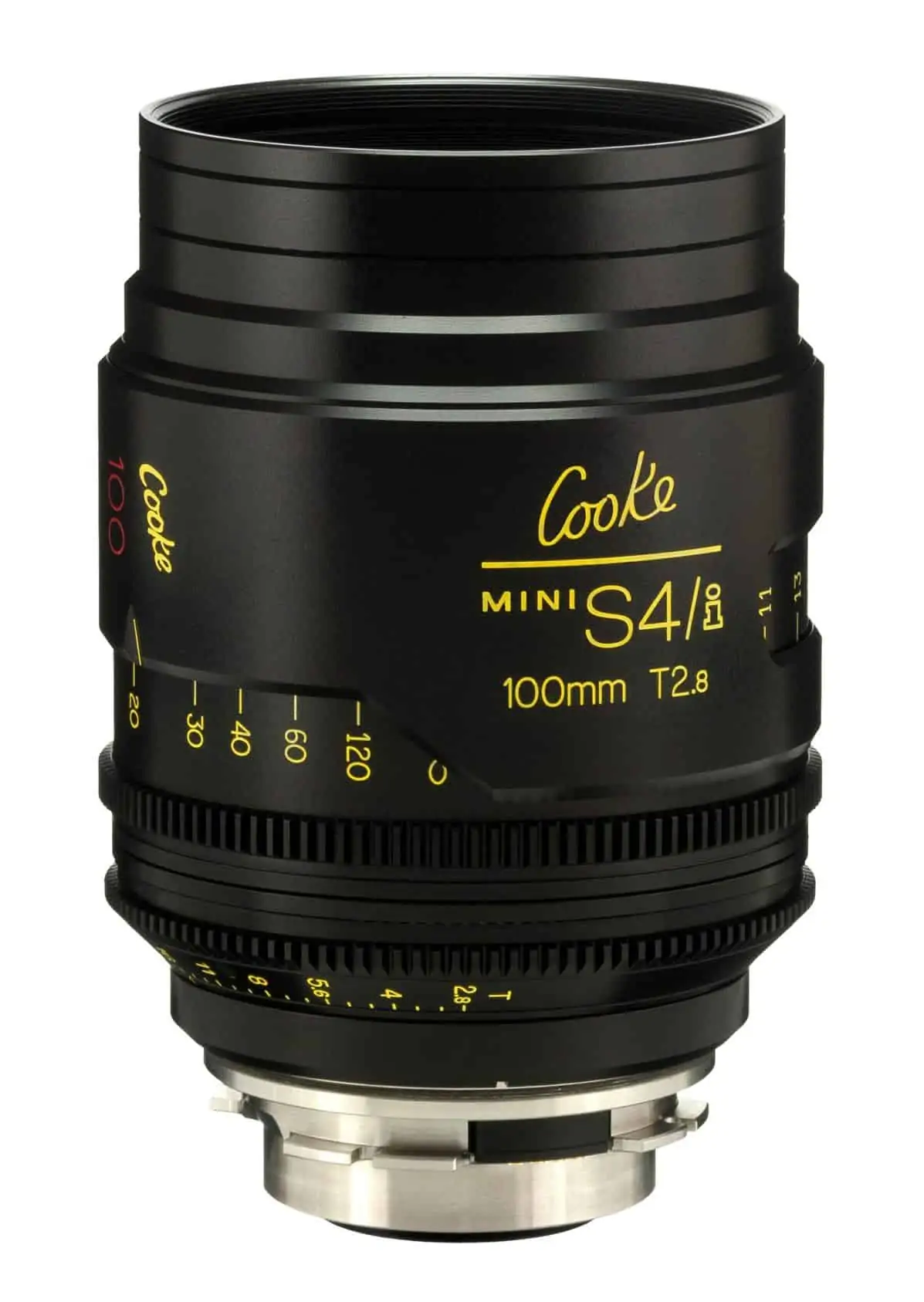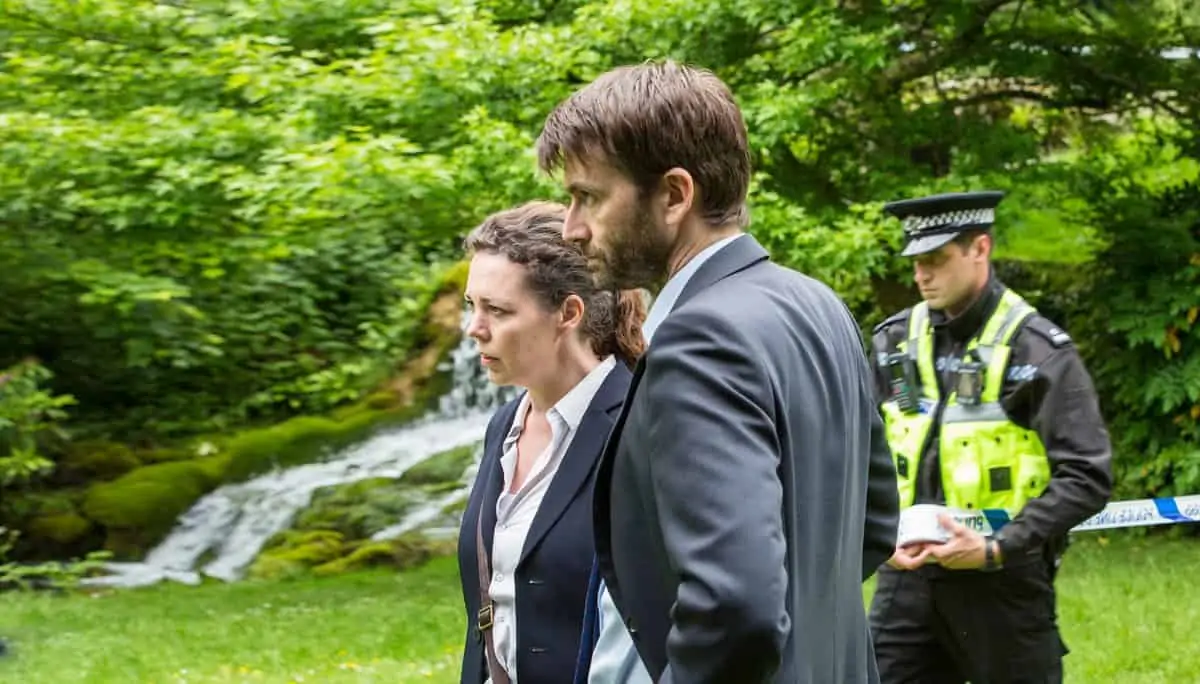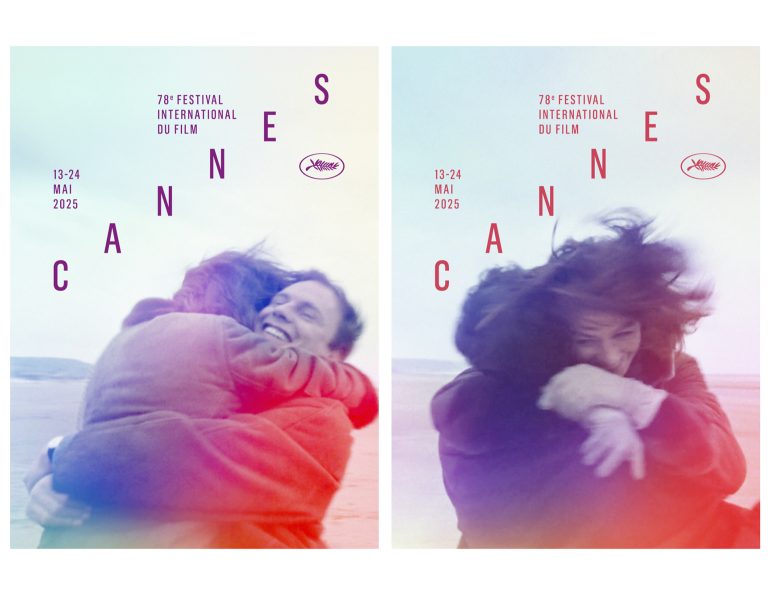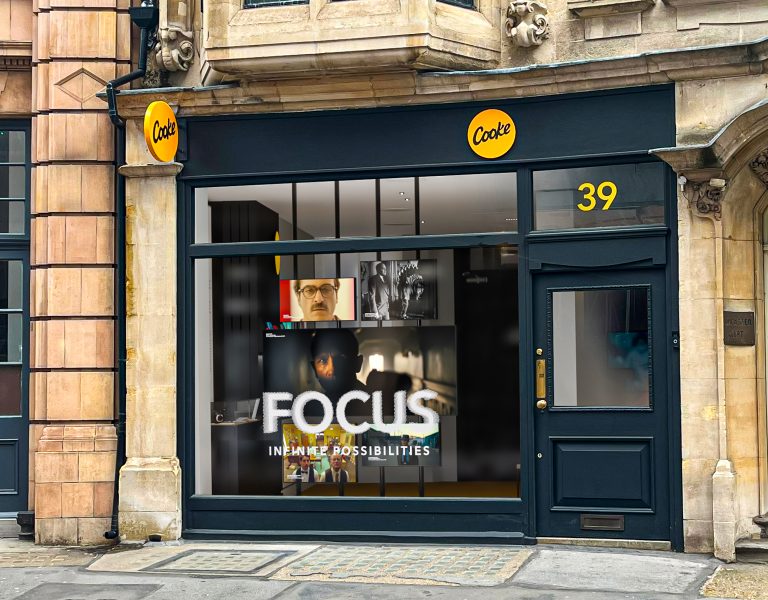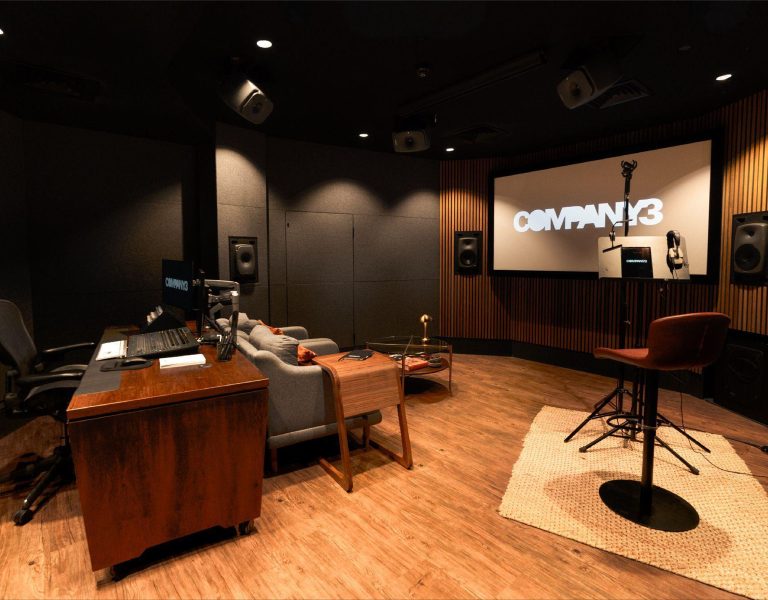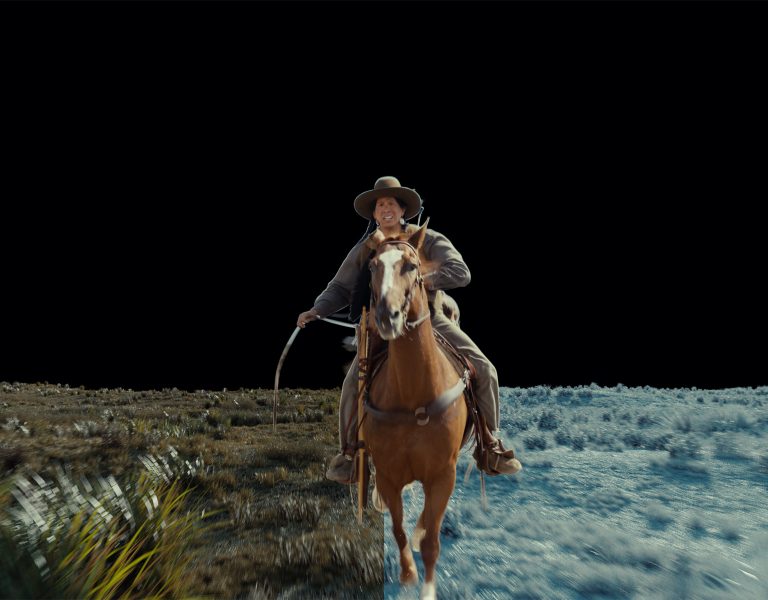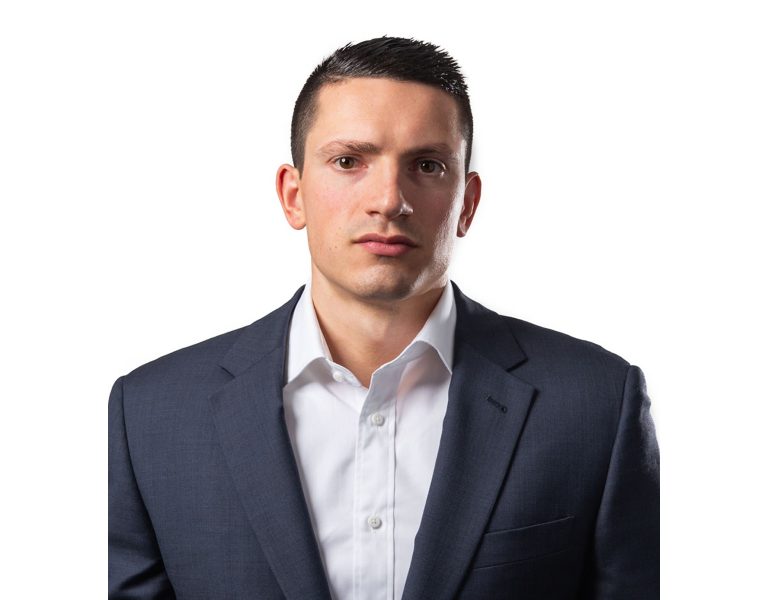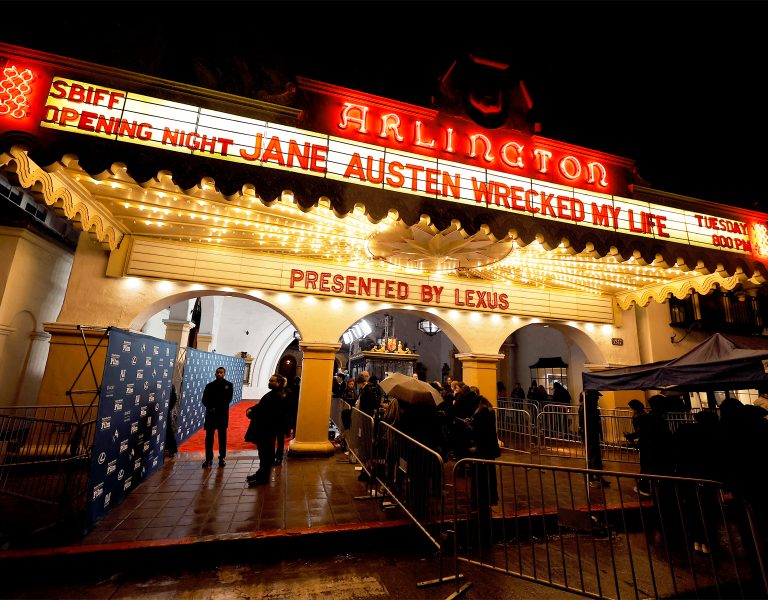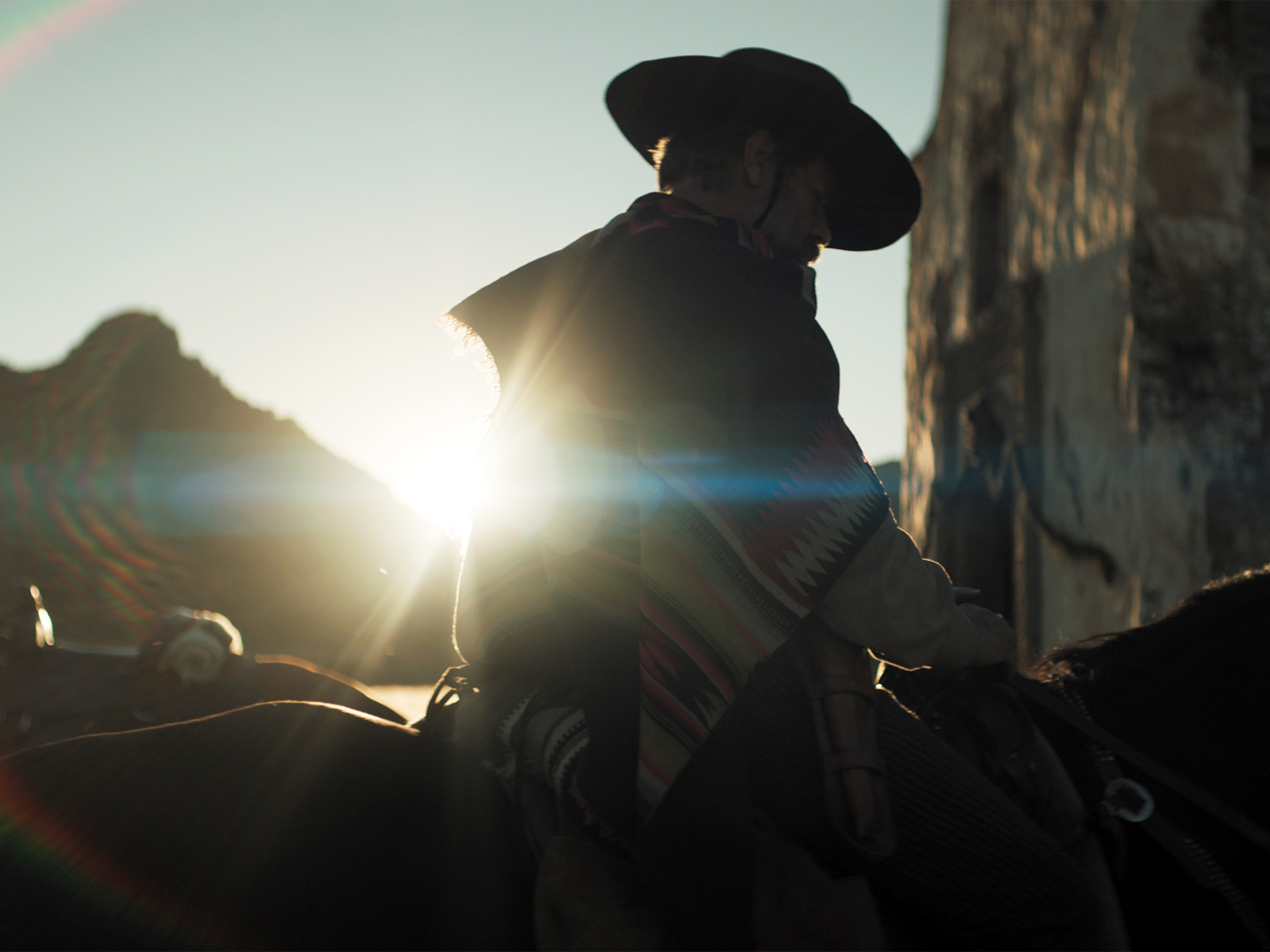
Cinematographer Paulo Perez, ADFC, chose Cooke Anamorphic/i FF SF (Full Frame Special Flair) lenses to capture the wide vistas of Mexico in the new Latin-Western series, La Cabeza de Joaquín Murrieta (The Head of Joaquín Murrieta).
In 1851, the newly established border between Mexico and the USA is the setting for a conflict fueled by the anger and xenophobia caused by the Mexican-American War. A group of immigrants forge the myth of the Latin Robin Hood, Joaquín Murrieta. La Cabeza de Joaquín Murrieta was created by Mauricio Leiva-Cock and Diego Ramírez-Schrempp, directed by David Pablos (episodes 1-4), Humberto Hinojosa (episodes 5-8). The series was produced by Dynamo Productions and Amazon Studios.
“My social conscience drives the work I do, whether it is documentary or fiction, covering stories about the environment, the climate crisis or the displacement of indigenous people,” said Perez. “For me, cinema and TV is more than entertainment – we are writing the memory of this time so that future generations can see how we lived, or how something happened because we didn’t stop it.”
Perez became close friends with the show’s creators, Mauricio Leiva-Cock and Diego Ramírez-Schrempp, and the producer from Dynamo Productions, based in Colombia, Mexico, and Spain, who shared his views. “We wanted to create a Western to tell the other side of history, the untold Mexican perspective and what happened to the indigenous people in this conflict,” he said.
Writing began in 2019 and Perez kept in close contact with the writers while working on other projects, all the while visualising the concept. In 2021, as principal photography was about to start, cinematographer Ximena Amann joined the team and alongside Perez developed the visual narrative for the series. She would then go on to work with Humberto Hinojosa on his four episodes.
“We very much wanted to shoot anamorphically to really capture the space and the beautiful landscape. We had to fight for it because some companies don’t like the anamorphic aspect ratio, but Amazon allowed me to do it in full anamorphic,” Perez said. “I love the compositions you can achieve, not just of vistas but you can have three, four, five people in the frame talking to each other, and framing in different layers… it’s so beautiful and cinematic. And if you need more choices, you only need two or three more shots, no more than that.”
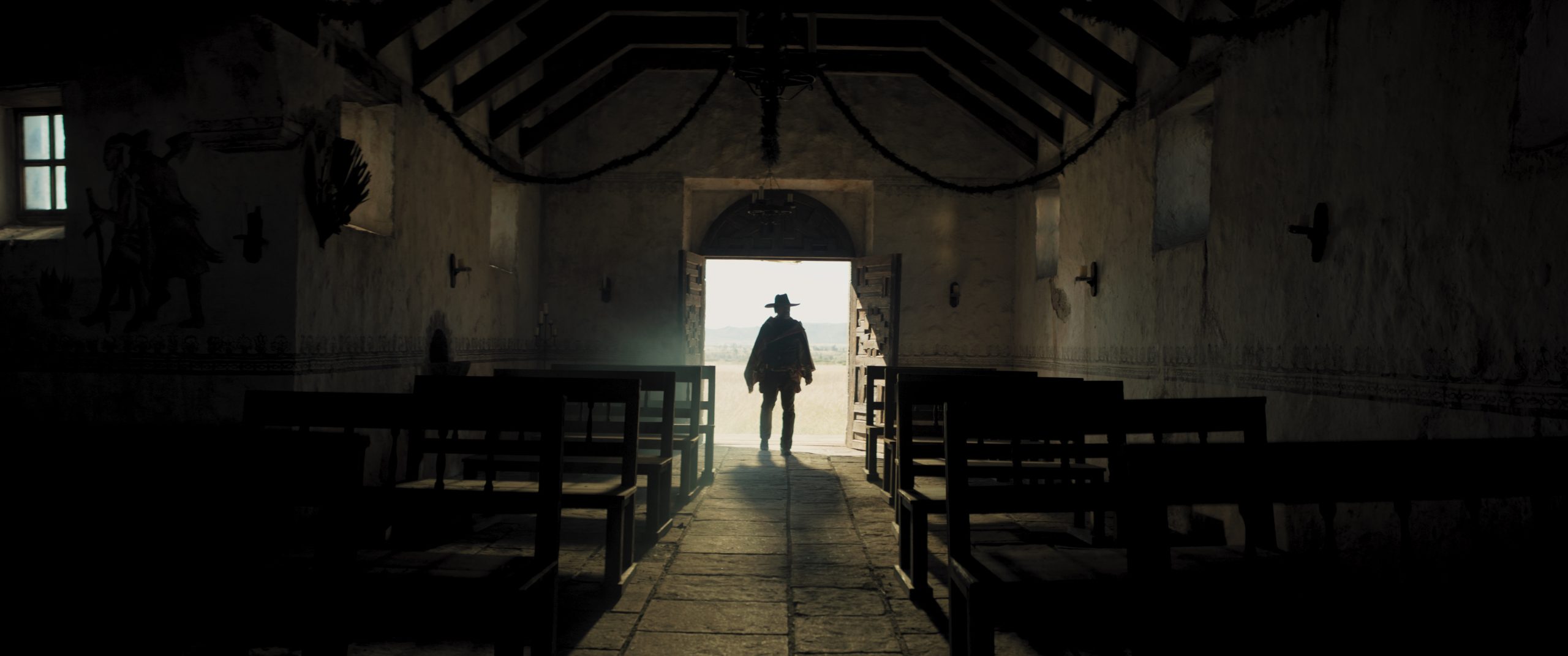
The series was shot entirely on location in Durango, in the northern central area of Mexico, and since the Western genre is about territory, the land plays a key role in the show.
“Durango is a fantastic place to shoot Westerns – John Wayne shot here and we actually used his hacienda there as a location,” said Perez. “The land is another character in the story so the writers and directors and I decided that we had to see the land all the time. It feels like a classic location-based Western with no studio work, hardly any VFX, and organic light.
“Here in the equatorial zone, the sun is very strong, so I always try to use the available daylight. I think light is cultural; I understand the light from where I grew up, it is very strong and bounces up from the floor, so that informs my lighting decisions,” he added. “I also worked with the AD on the shooting schedule to try to get continuity of the light – this scene needs morning light; this scene is in the afternoon… and we tried to shoot interiors or something in the shadows at midday because that’s when we get the ‘ugly’ light.”
While Perez chose the Anamorphic/i FF lenses with the SF coating, he did not want to overplay the flares. “I love the special flair lenses because I like to be organic with the flare, not force it – it’s not a ‘fashion’ thing, it’s the reality of the space and how the sun naturally hits the lens – but the SF lenses bring a great beauty to a natural flare.”
Perez chose to pair the Cooke lenses with two ARRI ALEXA Mini LF full frame cameras. “I love the softness of the sensor and how it works with the highlights and lowlights in the desert. I also used the Schneider Hollywood Blackmagic filter for some shots,” he said.
He used one camera for the main shots with the second camera working ‘in parallel’ to find another angle that worked with the light to capture the actors.
“Using a smaller camera with the Anamorphic/i lenses also enabled some interesting compositions and close-ups – I sometimes used a dolly or a Steadicam to get very close to the characters,” said Perez. “I used the 40mm lens a lot because it’s so beautiful for close-ups. It was important to us that the audience felt that they were with the characters, that they could feel what the characters were feeling. It was sometimes tricky because of course you can’t use two cameras for that and the schedule was tight, but we fought to do it because it was important for the story.”
To ensure his vision would translate all the way to the screen, Perez insisted on having his DIT on set throughout to colour-correct the dailies. “I wanted the producers and directors to have a rendition as close as possible to what we wanted to achieve with the shoot, so they wouldn’t call me six months later to go and reshoot a scene because it was too dark! I want to have nice dailies and no more calls,” he joked. “These things come with experience, I know that the grading might take some time after the shoot and it’s easy to forget how things looked back then. If we can do some work on the dailies, that helps us to keep as close as possible to the look we intended to achieve when we get to post-production.”
La Cabeza de Joaquín Murrieta is an Amazon Original series currently available on Amazon Prime Video.
